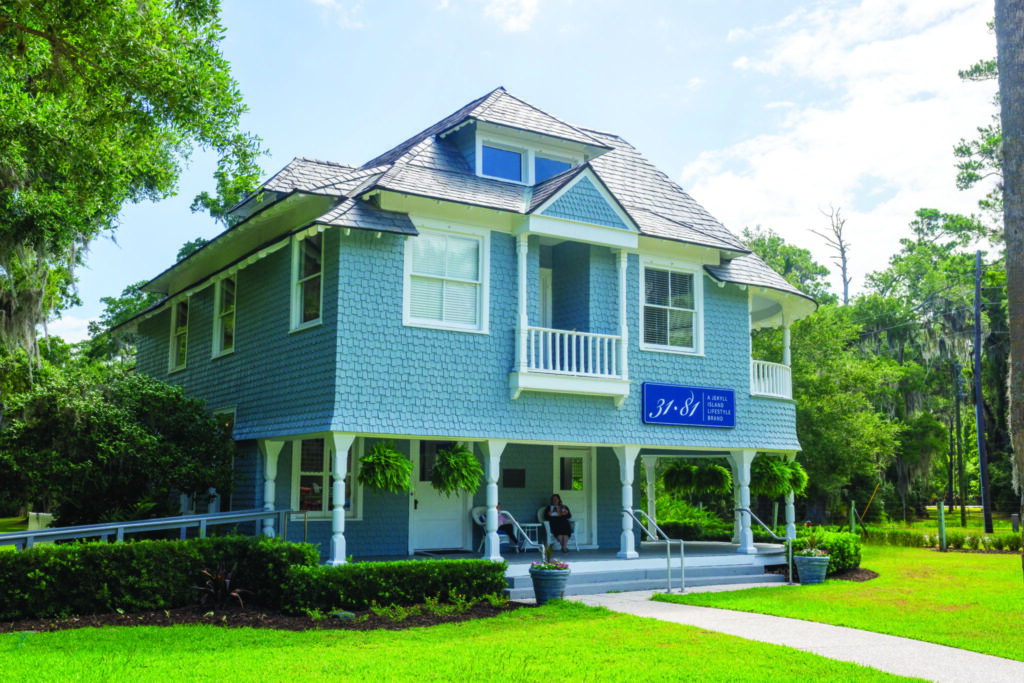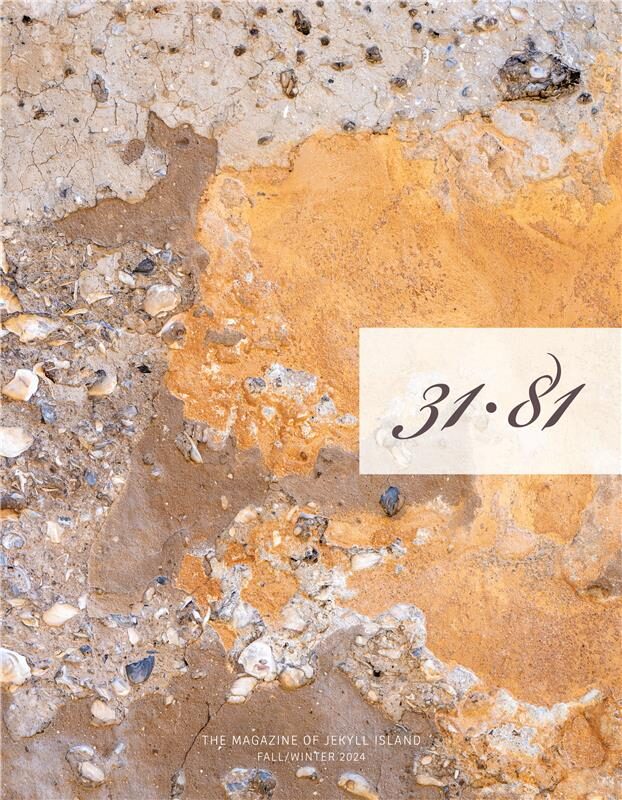Jekyll Island buildings preserve history and embrace the present.
By JACINTA HOWARD
If walls could talk, Jekyll Island’s historic buildings would share some fascinating tales. Stables that once housed magnificent horses belonging to America’s wealthiest families are now a museum. A power plant is now home to rehabilitating sea turtles. Lifeguard dorms and infirmaries have been thoughtfully preserved and adapted to new uses, reflecting the island’s rich history and innovative spirit. Here’s a look:
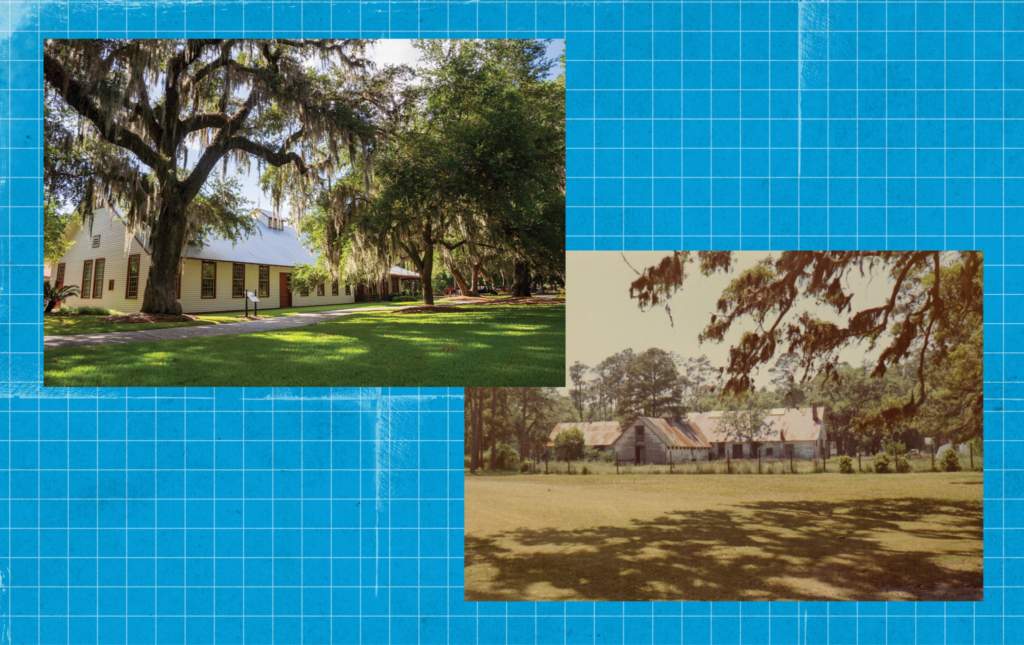
Mosaic, Jekyll Island Museum
In 1897, some of America’s wealthiest individuals kept their horses at the former Jekyll Island Club Stables while they wintered on the island. The building has seen a load of changes since then. It served as a garage. In the early part of the State Era (when the state of Georgia bought the island in 1947), it was a building supply store. In the 1980s, it became home to the first island museum, although it retained some of its original purpose; then, and for many years after, part of the building served as a barn for horses used on carriage tours. “The reuse of late 19th-century stables into a museum doesn’t typically seem to gel,” Taylor Davis, the historic preservationist for the Jekyll Island Authority admits, laughing. “We had a paddock on the back part, which, when I first started here, was still a paddock for horses.” By 2019, the museum reopened as it is now. The paddock is now an outdoor classroom and event space. Funded by several organizations, including the Jekyll Island Foundation, the museum’s gallery space features artifacts spanning from the Guale Indians to the Gilded Age and beyond.
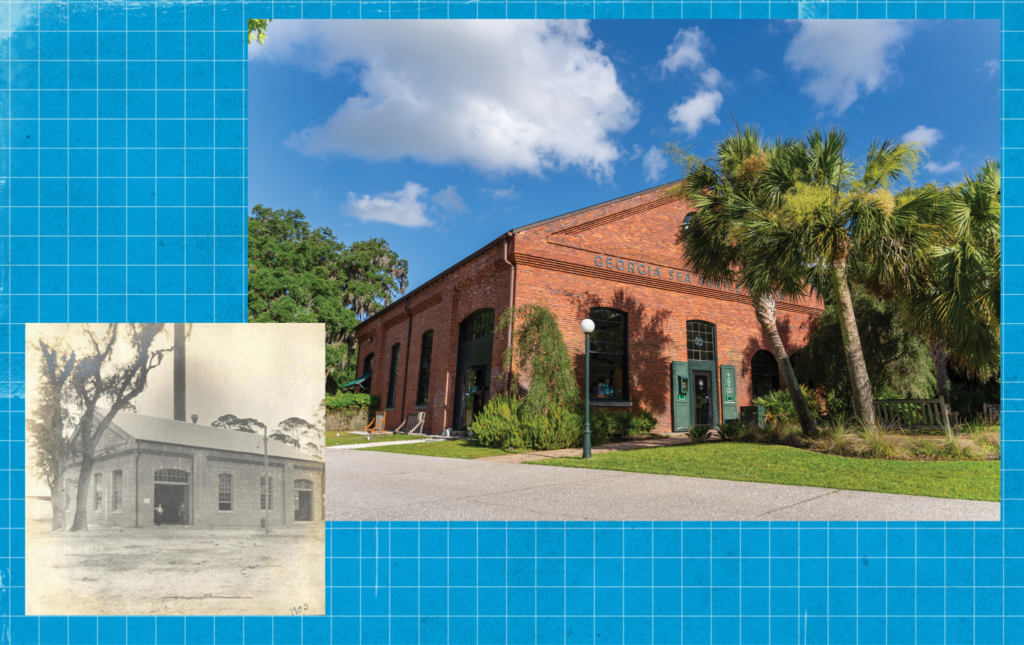
Georgia Sea Turtle Center
In the early 1900s, what is now the Georgia Sea Turtle Center was a power plant where electricity was generated for the Jekyll Island Club. Once power became available from more reliable sources on the mainland, the building went through several transitions, from a Christmas shop to a garage of sorts. “There were a couple of vintage cars parked in there I remember from my childhood,” Davis recalls. In 2007, the building became the Georgia Sea Turtle Center, where sick and injured turtles are rehabilitated. “It’s essentially a big brick shell of a building that we rehabbed into an interpreted space, retail area, and turtle hospital,” Davis says. “There’s a place for turtle treatment in the northern wing, where they have an operating room with a viewing window. This window, originally an exterior door, is now like the old hospital galleries for watching operations, but for sea turtles.”
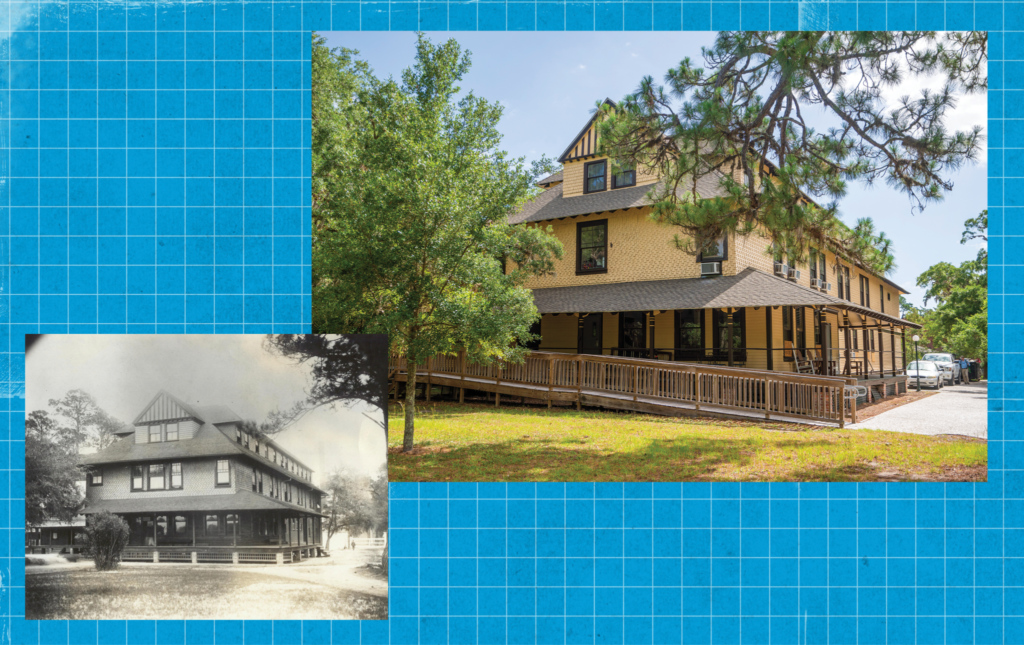
The JIA Annex
A three-story structure built in the 1890s, the Jekyll Island Authority Annex building originally housed servants of the Jekyll Island Club. Davis describes the building as “folk Victorian with Queen Anne elements” that complemented the Club. From the 1970s to the ’90s, a college theatre group produced plays at the island’s amphitheater, and the building housed the actors. During summers, lifeguards stayed there. “So, it has continually served as a dormitory,” Davis adds. “However, today, nobody spends the night there; it houses our offices, keeping the structure relevant and functional.” The building has undergone a careful restoration and looks now, from the outside, much as it did in the 1890s, with the exception of the air conditioning units. “Paint analysis identified the original colors and 28 wooden windows were restored,” Davis says, “with some sashes replaced to match the original material.” These days, the building is home to several offices for the JIA, the state organization that oversees the conservation and development of the island.
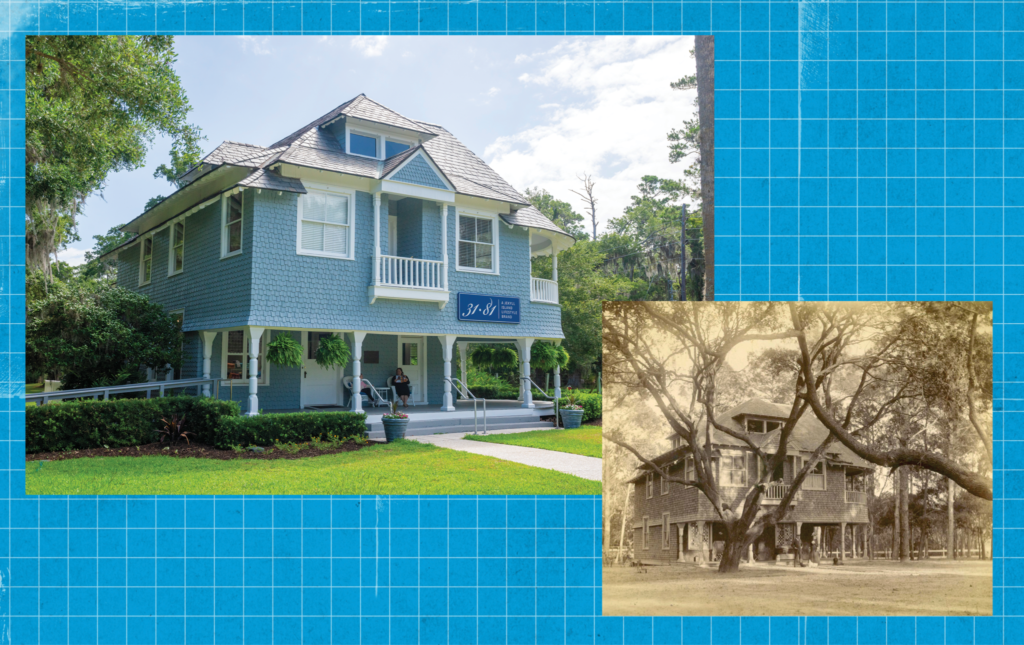
31•81, A Jekyll Island Lifestyle Shop
Built in 1890, this structure, originally known as Furness Cottage, faced the river. The shingled Queen Anne-style building was purchased by Joseph Pulitzer, who moved it slightly away from the river and built a massive brick cottage on the open lot. Later, the Albright family acquired the original Furness Cottage, moved it again, and in 1930, the Goodyear family relocated it to its current position, transforming it into the Club’s infirmary, staffed by doctors from Johns Hopkins Hospital in Baltimore. The building has served various other roles over the years. It was once a home for the Jekyll Island Authority’s staff and later became a bookstore until around 2016. Today, it’s been revitalized as the 31•81 Lifestyle Shop. “It’s amazing to see this incredible store breathe new life into the structure,” Davis says. “This transformation represents the [building’s] highest and best use, maintaining its historical charm while serving a modern purpose.”
